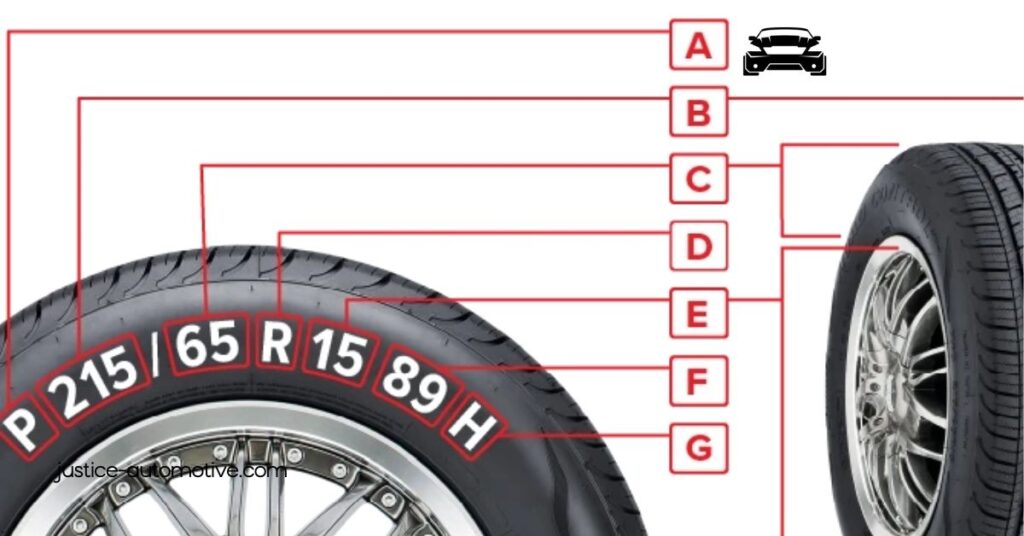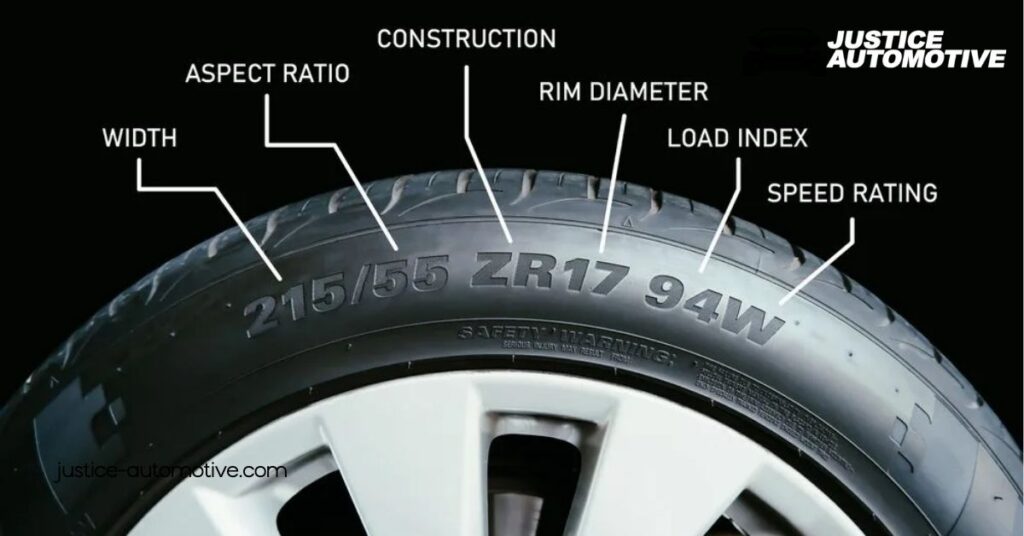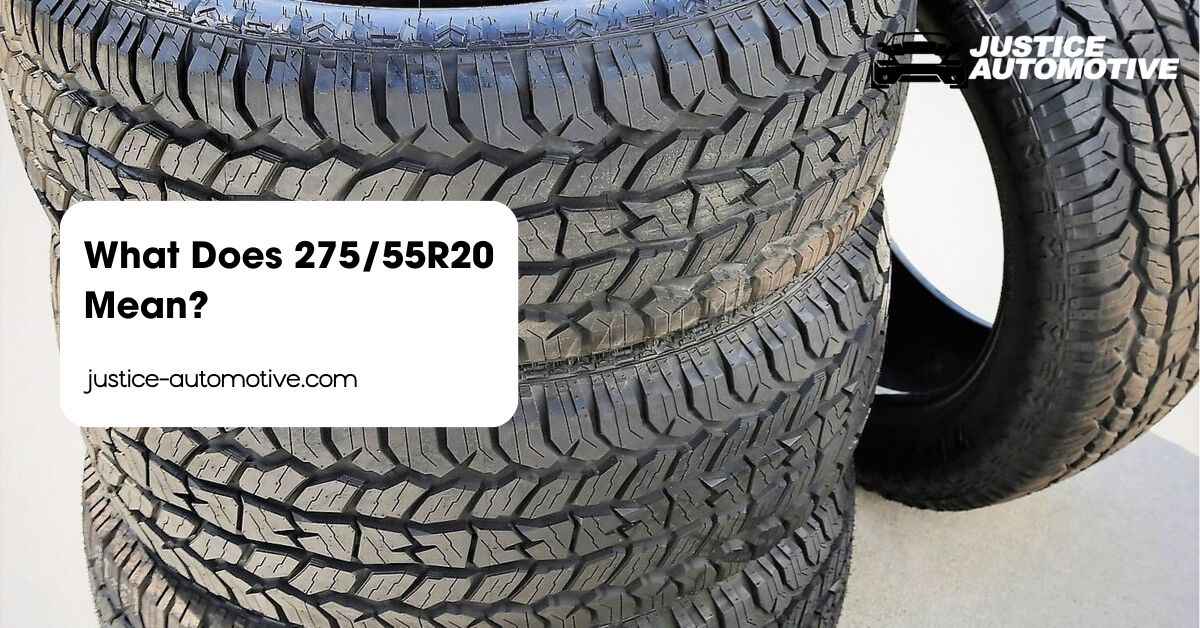When you peek at tire specifications, the numbers can seem like a confusing code. But understanding what 275/55R20 means can make a industry of difference for your vehicle’s performance and safety. This seemingly simple sequence reveals essential details about tire size, width, and construction that directly impact your driving experience.
Understanding Tire Specifications

Tire specifications reveal key details for your vehicle’s safety and performance. The code 275/55R20 provides important insights into what you need to know about your tires.
Importance of Tire Size
Tire size directly influences your vehicle’s handling and comfort. Larger tires improve grip and stability, while smaller ones can enhance fuel efficiency. Proper tire size helps maintain the correct speedometer readings, ensuring accurate tracking. Familiarizing yourself with tire size aids in making informed decisions when purchasing replacements.
Breakdown of Tire Notation
The notation 275/55R20 consists of three primary components. The first number, 275, indicates tire width in millimeters. Following this, 55 is the aspect ratio, representing the tire height as a percentage of the width. The letter R signifies radial construction, the common type in modern tires. Finally, 20 refers to the rim diameter in inches, guiding compatibility with your vehicle. Understanding these elements ensures you select the correct tire for your exact needs.
Decoding the Numbers

Understanding the numbers in tire sizing is essential for making informed decisions about your vehicle’s performance and safety. Let’s break down the components of the code 275/55R20.
The First Number: 275
The first number, 275, represents the tire’s width in millimeters. Your tire’s width directly impacts handling and grip on the road. A width of 275 millimeters translates to about 10.8 inches, providing a substantial contact area with the surface. This increased width often results in better stability, particularly during cornering.
The Second Number: 55
The second number, 55, indicates the aspect ratio. This ratio reflects the height of the tire’s sidewall as a percentage of its width. In your case, the sidewall height is 55% of 275 millimeters. This calculation gives a sidewall height of approximately 5.9 inches. A lower aspect ratio typically leads to better handling and performance, as it decreases sidewall flex during driving.
The Letter: R
The letter R denotes the tire’s construction type, specifically radial construction. Radial tires are the most common today because they provide enhanced stability and durability. The internal cords in a radial tire are arranged radially, which improves your tire’s grip on the road, making your driving experience safer and more comfortable. Choosing a tire with radial construction is likely your best option for optimal performance.
Implications of Tire Size

Understanding tire size influences vehicle performance and safety directly. The 275/55R20 code presents unique characteristics that affect handling, grip, and overall driving experience.
Performance Characteristics
A 275/55R20 tire provides superior handling and responsiveness for steering. This size enhances stability, especially during cornering, which helps you navigate urban roads with confidence. The width of 275 mm translates to about 10.8 inches, giving substantial grip on various surfaces. An aspect ratio of 55 means the sidewall height reaches approximately 5.9 inches, creating a balance between comfort and performance. Lower aspect ratios often improve handling by minimizing sidewall flex when cornering, making your driving experience more precise.
Compatibility with Vehicles
This tire size suits a variety of vehicles that require larger wheels, such as SUVs and light trucks. A 20-inch diameter fits many modern vehicles, improving performance and aesthetics. Compatibility isn’t just about size; the structural features of this tire match well with the needs of exact vehicles. Choosing a 275/55R20 tire ensures that you benefit from improved traction and stability, crucial for safe driving in diverse conditions. Always consult your vehicle’s specifications to confirm the right tire fitment.
Common Applications

Understanding where to use the 275/55R20 tires can significantly enhance your driving experience. These tires find common use in various vehicle types, particularly those that prioritize stability and comfort.
Vehicle Types Using 275/55R20
SUVs represent a primary category that utilizes the 275/55R20 tires. Models like the Chevrolet Tahoe and Ford Expedition benefit from the tire’s wide contact patch, improving traction on both paved and off-road surfaces. Light trucks also leverage these tires for their robust performance characteristics. Vehicles like the Ram 1500 and Nissan Titan harness the tire size to maximize load-carrying capacity and enhance stability, especially when towing or carrying heavy loads. Drivers looking for versatile performance in urban and rural settings often choose these tires for making their vehicles more adaptable.
Popular Tire Brands
Several brands offer excellent options in the 275/55R20 size. Goodyear stands out with its Efficient Grip line, specifically designed for comfort and noise reduction. Michelin provides performance-driven tires with the Defender series, focusing on longevity and wet traction. Bridgestone’s Dueler line appeals to off-road enthusiasts by combining rugged construction and reliable on-road handling. Brands like Continental and Toyo also present quality tires, ensuring drivers can find a suitable option that meets their exact needs and preferences while maintaining key performance characteristics.
Conclusion
Understanding the 275/55R20 tire specification is crucial for improving your vehicle’s performance and safety. By knowing what each part of the code means you can make informed decisions when selecting tires. This ensures you’re choosing the right size for your vehicle type whether it’s an SUV or a light truck.
With the right tires you’ll experience better handling stability and traction. This not only improves your driving experience but also contributes to your vehicle’s overall safety. So take the time to consider these specifications when it’s time to replace your tires and enjoy the benefits that come with a well-chosen set.
Frequently Asked Questions
What does the code 275/55R20 mean?
The code 275/55R20 breaks down into tire width, aspect ratio, construction type, and rim diameter. ‘275’ indicates the tire width in millimeters, ’55’ represents the sidewall height as a percentage of the width, ‘R’ signifies radial construction, and ’20’ denotes the rim diameter in inches.
How does tire size affect vehicle performance?
Tire size significantly impacts handling, stability, and comfort. Larger tires improve grip and responsiveness, enhancing cornering performance. Conversely, smaller tires might boost fuel efficiency while offering a softer ride.
What vehicles commonly use 275/55R20 tires?
This tire size is commonly used on SUVs and light trucks, such as the Chevrolet Tahoe, Ford Expedition, Ram 1500, and Nissan Titan, benefiting these vehicles’ performance, especially when towing or carrying loads.
Why is understanding tire specifications important?
Understanding tire specifications ensures you select the right tires for your vehicle. It affects performance, safety, and driving experience, helping in achieving optimal grip, stability, and comfort.
Which tire brands offer 275/55R20 tires?
Popular tire brands offering 275/55R20 options include Goodyear, Michelin, Bridgestone, Continental, and Toyo. Each brand features different models with unique attributes suited to various driving conditions and preferences.

